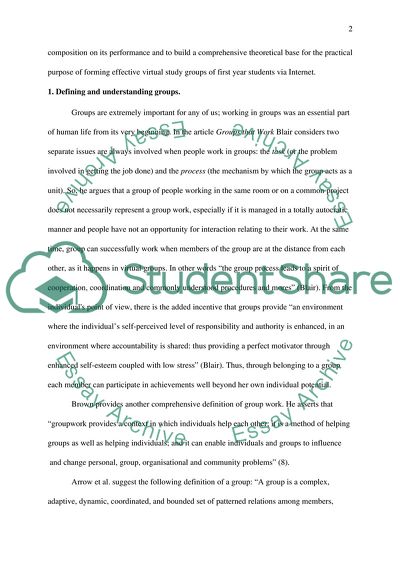Cite this document
(Group Formation Website Literature review Example | Topics and Well Written Essays - 5000 words, n.d.)
Group Formation Website Literature review Example | Topics and Well Written Essays - 5000 words. Retrieved from https://studentshare.org/education/1735647-group-formation-website
Group Formation Website Literature review Example | Topics and Well Written Essays - 5000 words. Retrieved from https://studentshare.org/education/1735647-group-formation-website
(Group Formation Website Literature Review Example | Topics and Well Written Essays - 5000 Words)
Group Formation Website Literature Review Example | Topics and Well Written Essays - 5000 Words. https://studentshare.org/education/1735647-group-formation-website.
Group Formation Website Literature Review Example | Topics and Well Written Essays - 5000 Words. https://studentshare.org/education/1735647-group-formation-website.
“Group Formation Website Literature Review Example | Topics and Well Written Essays - 5000 Words”, n.d. https://studentshare.org/education/1735647-group-formation-website.


